by Matthew Cobb
This glorious photo of the sunrise on Saturday was taken in the UK’s Lake District by a hillfarmer called James Rebanks who tw**ts (@herdyshepherd1 – over 37,000 followers) while looking after his Herdwick sheep. These sheep are a very hardy breed who spend their whole time out on the hills of Cumbria. Rebanks is also a hardy breed – his family has farmed in the area for over 600 years. The title of this post is Rebanks’ title for his photo – other sunrises are available, but I think he has a point. (Photos reproduced with permission.)
Here are other pics in the same series, with poetry:
‘Over the land speckled with snow half-thawed, The speculating rooks at their nests cawed…”
“… And see from elm tops delicate as flowers of grass, What we below can not see, Winter pass” —Edward Thomas
Some people’s lives are entirely their own creations. James Rebanks’ isn’t. The first son of a shepherd, who was the first son of a shepherd himself, he and his family have lived and worked in and around the Lake District for generations. Their way of life is ordered by the seasons and the work they demand, and has been for hundreds of years. A Viking would understand the work they do: sending the sheep to the fells in the summer and making the hay; the autumn fairs where the flocks are replenished; the gruelling toil of winter when the sheep must be kept alive, and the light-headedness that comes with spring, as the lambs are born and the sheep get ready to return to the fells.
These modern dispatches from an ancient landscape tell the story of a deep-rooted attachment to place, describing a way of life that is little noticed and yet has profoundly shaped this landscape. In evocative and lucid prose, James Rebanks takes us through a shepherd’s year, offering a unique account of rural life and a fundamental connection with the land that most of us have lost. It is a story of working lives, the people around him, his childhood, his parents and grandparents, a people who exist and endure even as the world changes around them. Many stories are of people working desperately hard to leave a place. This is the story of someone trying desperately hard to stay.

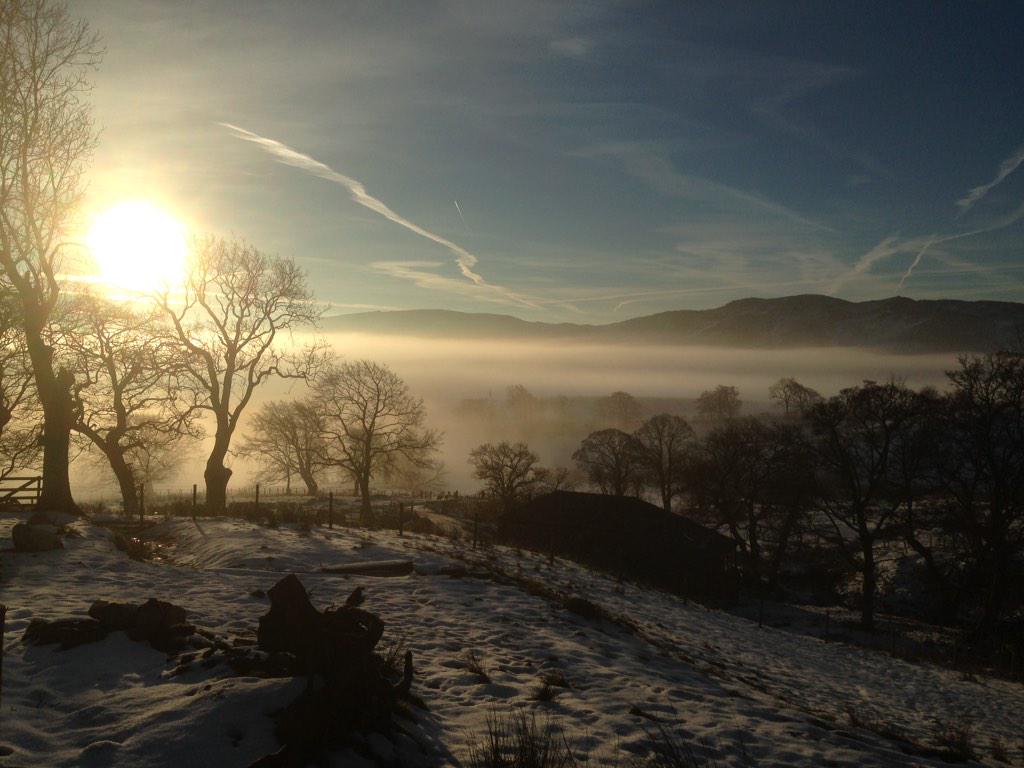
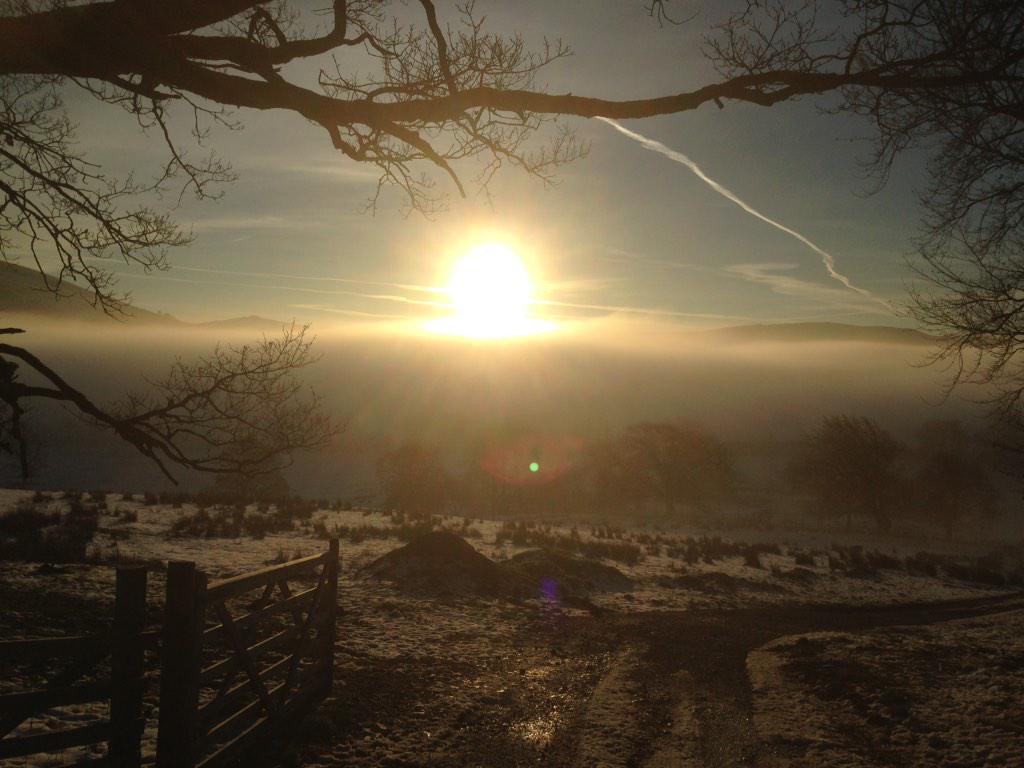
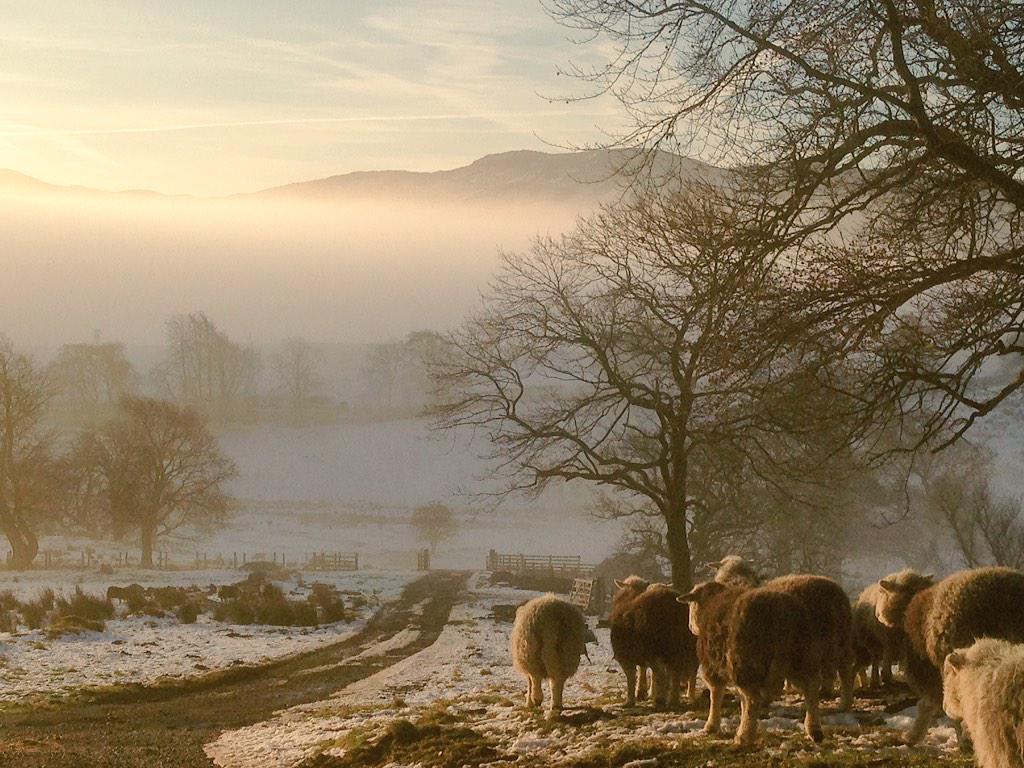
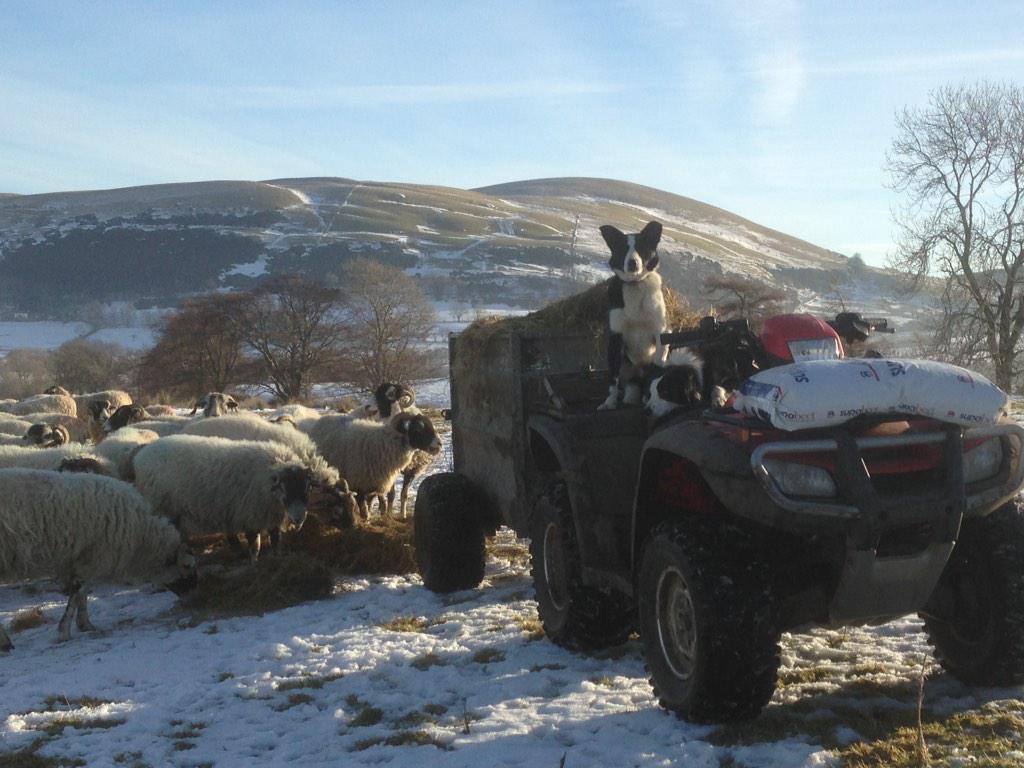
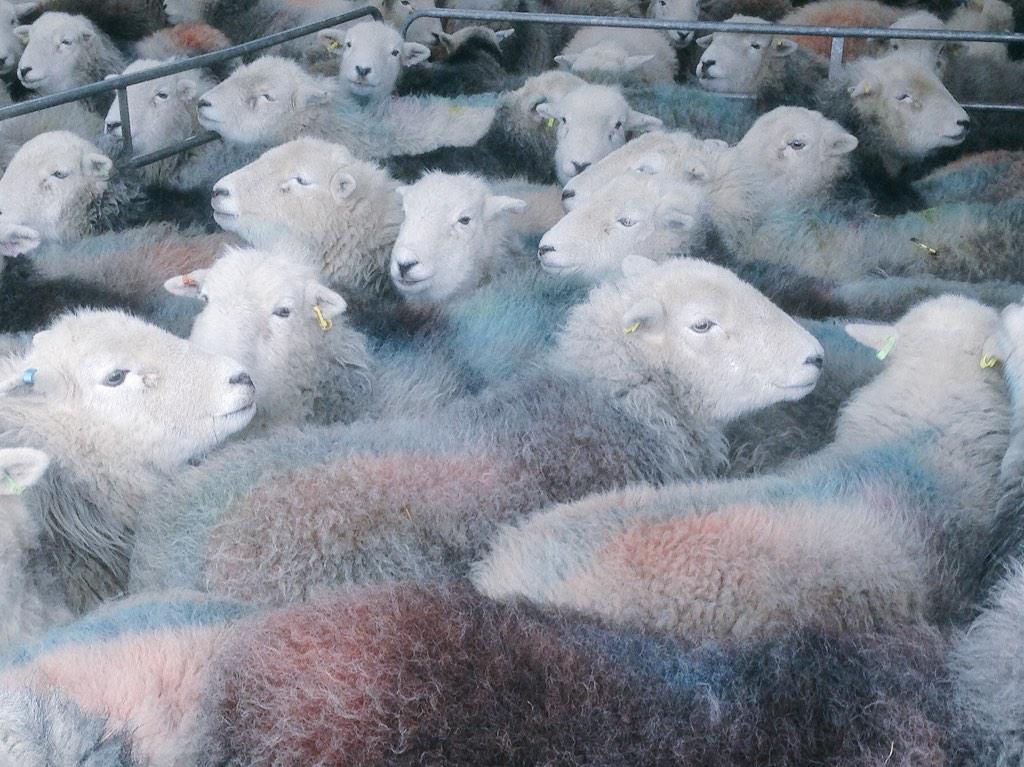
Wow. Just superb photos. Beautiful.
True! And the reason the Lake district is so beautiful is that James Rebanks’ family is one of only six who inhabit those ancient fells; everyone else you see there is just visiting ;o).
Seriously though it is beautiful, even when the rain is coming down like stair-rods, the clouds are hiding the hill tops, the wind has snatched your map and in trying to grab your map you’ve just dropped your compass down an adjacent pot hole!!!!
Still the ghost of Beatrix Potter walks the fells looking for lost soles (sic).
🐏
An epic novel “Independent People”, by Nobel prize winning Icelander Haldor Laxness, is the story of a Viking-descended sheep farmer, and so somewhat related to this. As an ‘Icelandophile’, I may be more partial to this than some, having read it twice, and planning to again. It is fiction, set a century earlier, and in a slightly different place, but would likely be interesting to compare to Rebanks’ forthcoming factual book.
One of my favorite books.
You might also like “Growth of the Soil” by Hamsun.
Such a lovely posting for the morning. The pictures are gorgeous, the writing is terrific, and it includes some Border Collies. In my family, in honor of our long gone d*g Max, we will always call them ‘The Best of D*gs’.
And I am drinking freshly ground Ethiopian coffee. This looks like a good start.
I always think the English sheep look good, so does the shepherd dog. 🙂
This is the place to mention that a Shaun the Sheep Movie has arrived at last
http://www.theguardian.com/film/2015/feb/08/shaun-sheep-aardman-observer-film-review
I need to get back to the UK.
Buy you a pint if you are here
I may just take you up on that! Which part of the country are you to be found in?
The Herdwick breed have an interesting history. Beatrix Potter, the author of Peter Rabbit amongst other children’s books, was involved in the breeding and popularizing of the breed in the early part of the last century. Upon her death, she bequeathed the National Trust several farms with the stipulation that Herdwicks be kept on them.
That is true to this day.
As a knitter and spinner, I was compelled to look up the Herdwick breed in “The Fleece and Fiber Sourcebook” by Deborah Robson and Carol Ekarius. Apparently the lambs are born with a black coat, their faces and ears turn white, and their fleece acquires the gray tones as they age beyond one year (the adult coloring pattern reminds me of an Old English Sheepdog). The fleece is mixed in fiber type and color, with the undercoat suitable for spinning yarn to be used in garments, but the rest best used for sturdy woven fabrics for tweedy rugs and jackets.
Would be fun (and perhaps challenging) to try spinning some Herdwick fleece, but likely extremely difficult to find one in the US … I’ll put it on my list for my next trip to the UK!
Those are collies? Huh. I guess I don’t know my dog breeds at all.
It’s nice to see a beautiful sunrise! Sunsets usually claim all the glory. Lovely photos.
Border Collies!
Oh, right. Aussie Shepherds are so similar in appearance, I wonder how close they are as a breed.
So I guess Border Collies are the ones that star on Man and Dog. Is that still on? Great show.
Sadly it is no longer on TV. If it was still on, it would no doubt be updated to “One man and a talentless bloody celebrity”
For the last two years it has been resurrected as an episode if the BBCs rural affairs programme Countryfile.
http://www.bbc.co.uk/programmes/b04kjs9l
They are, allegedly, amongst the most intelligent of d*g breeds. I say “allegedly” because the one I know is a complete and utter muppet…..
I briefly thought how wonderful being a shepherd would be but then saw it was really hard and probably physically demanding.
I was lucky enough to tour the Lake District a few years ago. It had inspired such poetry from Wordsworth and other poets of the Romantic period and I was keen to see it. I’d been afraid that time and tourists (like me) had ‘ruined’ it. If so — if people who knew it in the 19th century would have been appalled over how damaged it had now become — that aspect escaped me in the 21st century. It was every bit as lovely as I had imagined.
And sheep. I love sheep. Not to take care of or to eat. To look at and paint.
I’ve heard so many good things about that area. I had a friend from Indiana who got to go there for school (studying Classics) for a time and he said it was beautiful.
They taste good too. 🙂
Sorry, lots of sheep, cattle and dairy farmers in the family, and I spent most of my school holidays as a child on my grandmother’s sheep farm. I’ll never be a vegetarian.
Isn’t there some talk of fracking up there? That would sure put an end to the idyllic landscape.
Chemtrails!
[/channeling coast to coast AM]
I agree with MOOT’s point above, sunsets get far too much attention. Sunrises are when the mist is out and the other people aren’t.
I agree, this was taken on my early morning dog walk
https://www.flickr.com/photos/bric_uk/10135700065/
Beautiful!
If the sheep are that hardy why does he have to get up so early?
Just gorgeous!
The one nice thing about this time of year in the north is just how striking the bare deciduous trees’ architecture can be.
And the man likes Robert Frost’s great friend Edward Thomas – one of the most musical of English poets (he was of Welsh stock), and the greatest master of enjambement in English after Milton. I shall certainly buy his book. In my mis-spent youth, I worked briefly as a shepherd in Wales, and I know those beautiful hill sunrises.
Wonderful!